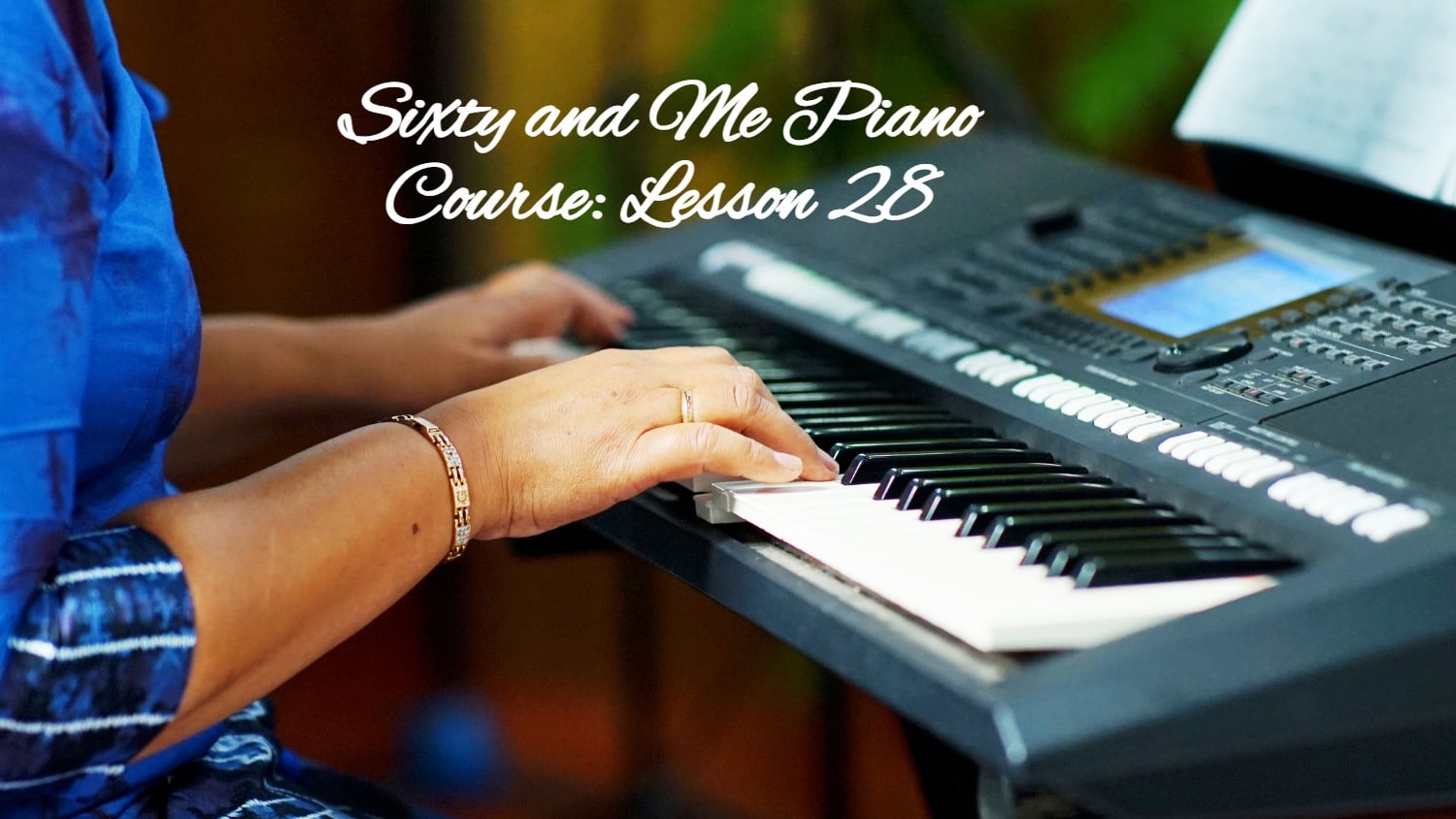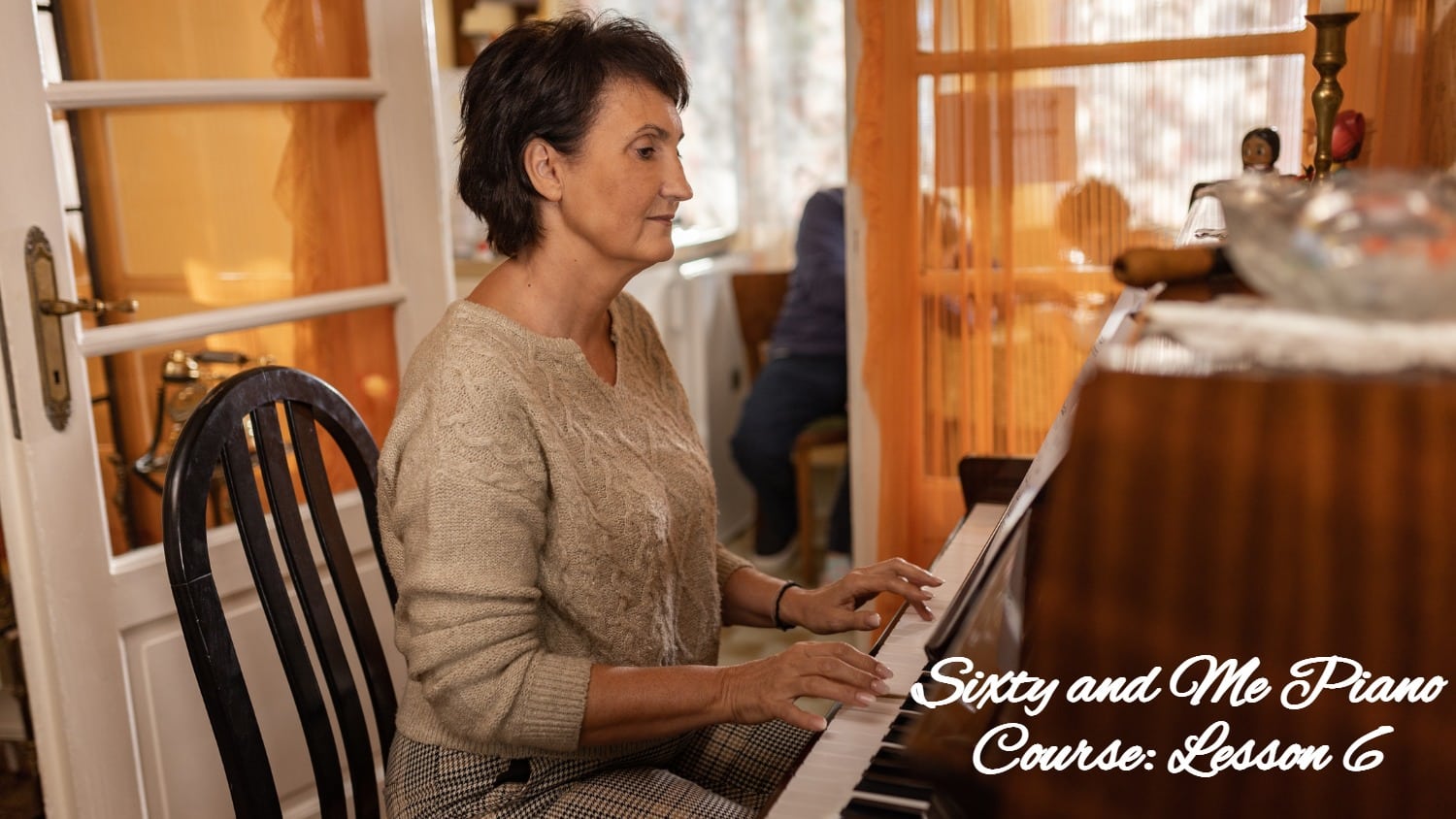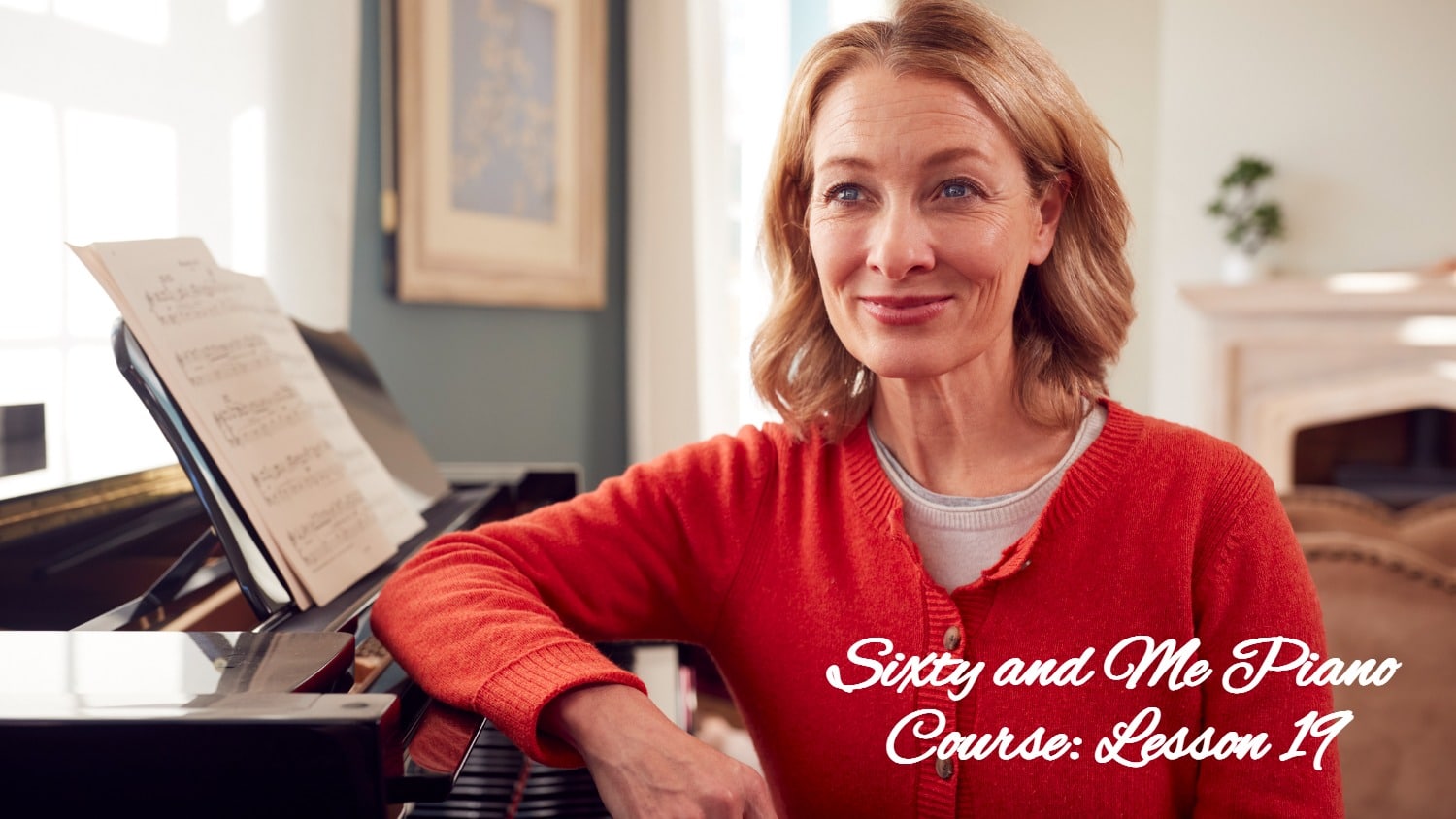
Piano Lesson 28: Amorous Anecdotes about Johann Sebastian Bach and the Mystery of the Notebook!
Welcome to piano lesson 28 where we will discuss composer Johann Sebastian Bach! We will be playing two short pieces arranged for your right hand to play alone which will include the new high B and C notes you learned on p.76 in Upper Hands Piano, BOOK 1.
[NOTE: If you are just joining us for the first time, you can find my previous Sixty and Me Free Piano Lessons on my Author page. You can join our lessons any time and move at your own pace!]
27.1 Amorous Anecdotes about Johann Sebastian Bach and the Mystery of the “Notebook”

Johann Sebastian Bach was one of our most prolific and celebrated composers, having written over a thousand intricate and innovative pieces in his lifetime. His second wife, Anna Magdalena, was a famous, accomplished and beautiful soprano singer, and helped Bach immensely by transcribing and copying many of his works.
Bach fathered 20 children which earned him the name “Papa Bach,” yet Anna continued to perform after their marriage. Here I reveal some of the surprising details of Bach’s love life, along with an explanation of why we attribute some pieces to Anna Magdalena’s mysterious “notebook:”
28.2 Blue Bells of Scotland, p.77
Remember to observe the repeat signs! Play from the beginning to the 1st ending repeat sign :|| and repeat back to the ||: beginning repeat sign, then skip to the second ending. Notice also the f-p and the other dynamic markings. Play the first line forte the first time, then piano on the repeat. There is also another forte and a mezzo forte dynamic marking to observe. See my demonstration video to verify that you are playing the repeated section correctly:
28.3 Minuet, p.77
When I was a young student, we called this piece the Bach Minuet, but as you can see in my video 28.1 we now attribute this Minuet to a composer named Christian Petzold. However, since we can’t be 100% sure, the composer attribution reads, “From the Notebook of Anna Magdalena Bach,” Bach’s second wife, who had a collection of pieces in a notebook which her husband Johann Sebastian gave to her. You will recognize this famous tune right away. Be sure to keep your eighth notes even!
Passion Practice
- Review Exercise #1 in B, and add F# and D-flat, with hands together. These are some of the trickiest pentascales to play, so practice them slowly. Play the 5 notes of each position before playing the exercise to be sure you have the correct notes. Play each exercise once forte (loudly), and once piano (softly) with your eyes open, then closed, if possible.
- p.77 – Play the Blue Bells of Scotland observing the repeats and dynamics. When you feel comfortable with Blue Bells, play the Minuet. Once you know the notes, you can try playing both of these pieces with a metronome. Listen for even eighth notes in the Minuet.
- Chord Calisthenics #5, Appendix viii – Play each set of minor and diminished triads, in F# and D-flat, alternating hands. Also review C, G, D, A E and B. See Lesson 26 for a demonstration of Chord Cali #5.
- If you have time, review For He’s a Jolly Good Fellow on p.67.
Let’s Have a Conversation:
Papa Bach certainly lived an interesting life. Do you like learning a little bit about the history of the music you are playing? Bach and Vivaldi (who wrote Spring, p.23) composed music in the Baroque period. Baroque music is characterized by more intricate melodies and fewer dynamics than the generally more melodic Classical era, as you might observe in our pieces by Mozart (Sonata p.58) and Beethoven (Ode to Joy p.31-32). Which pieces have you liked the best? Do you have a preference for Baroque vs. Classical music?
Tags Piano Lessons






